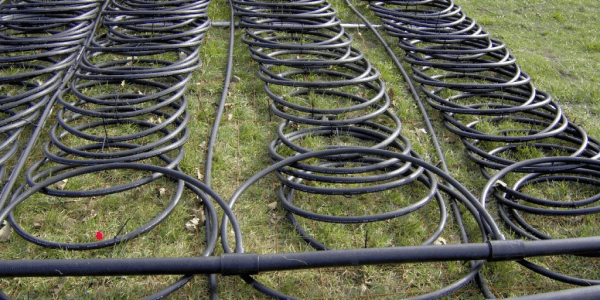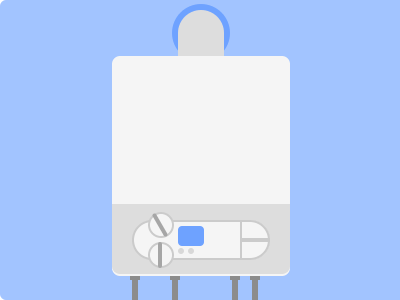
How to Choose the right Heating System for your Home
First off, when choosing a new heating system, consider which fuel source you want to use. The top three are gas, oil, and electric, but wood burning pellet stoves are also an option. After that, consider the distribution system, which is usually forced air or hot water. Then it largely becomes a matter of choosing between a furnace, boiler, heat pump, or other system (2). The main ones break down into the following:
-

-
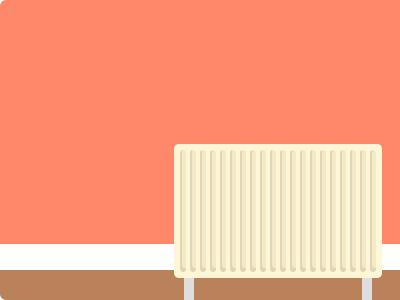
Radiator
-
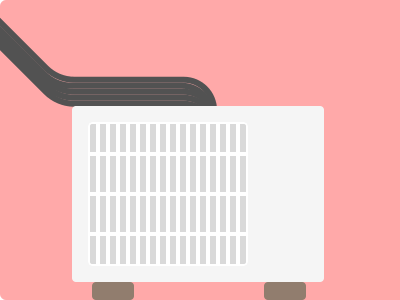
Heat pump
-
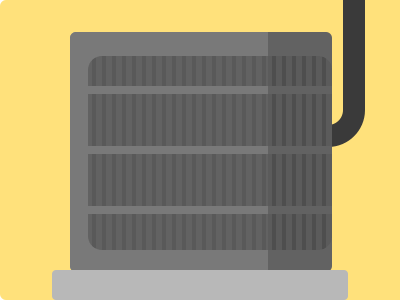
HVAC
-
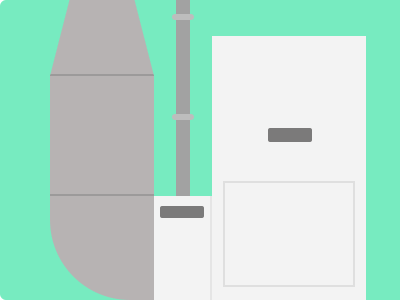
Furnace
-

Radiant Floor
Geothermal Heating
A somewhat newer form of heating, geothermal relies on taking the warmth from the ground soil and transferring it into your house (3). This can heat your home, water, and some appliances through what they call an "earth loop" (4). Essentially using the ground outside to heat or cool your home. Geothermal heating is becoming widely popular overseas and is beginning to make its way over to America.
Back to topBoiler
Essentially hot water heaters, this form of hydronic system heats up water and distributes it around the home (5). This is via metal radiators or in some cases, radiant floor heating. Obviously this is an older method of heating a home and should the system fail, you'll be in need or boiler repair for your home.
Back to topCommercial Boiler Repair
For larger compounds and factories, a basic boiler doesn't really cut it. In this case, a commercial boiler is required. Only a larger unit will be able to heat the expanded space in a larger building. And if that unit fails, you'll want professional commercial boiler repair. There are a lot of parts in a commercial boiler that can need repair, the following list is just a sample:
- • Circulating Pumps
- • Condensate & Vacuum Return Systems
- • Control Valves
- • Draft Controls
- • Electrodes
- • Ignitors
- • Flame Rods
- • Flame Scanners
- • Flowmeters
- • Gas Ignition Systems
- • Gas Regulators
- • Gas Valves and Actuators
- • Linkage Swivel Joints & Rods
- • Motor Starters
- • Pressure Controls
- • Proportional Motors
- • Relief Valves
- • Single and Multi-loop Controllers
- • Safety High Limit Controls
- • Spark Ignition Systems
- • Transformers
- • Steam Traps
- • Temperature Controls
HVAC
The acronym HVAC stands for "heating, ventilation, and air conditioning". As such, they are capable of heating and cooling. And generally uses a split-system unit capable of warming the air in your home, cooling it down, and providing better indoor air quality through a system of ducts and vents.
Back to topCommercial HVAC
For many modern buildings, a split-system HVAC is the best way to heat and cool the air around you. For larger structures and big compounds, commercial HVAC is really the only way to go. They are also show to improve indoor air quality (6).
Back to topFurnaces
Technically any closed unit meant to burn a fuel for heat is called a furnace (7). Usually modern furnaces are wood, oil, or gas burning enclosures that can distribute heat to the rest of the house. While many homes are equipped with this feature, new and more modernized versions of heating units are coming out more frequently.
Back to topFurnace Cleaning
There's a lot of maintenance that comes with a furnace heater. Furnace cleaning is just one of the items on the list of responsibilities. While this can fall under the relm of DIY projects for smaller or simpler furnace units, it's usually best to hire professionals (8). To hire a pro to clean a modern furnace will usually cost around $100 dollars. Some tips on furnace maintenance include:
- • Turning the unit off before cleaning
- • Checking the wires
- • Cleaning the interior
- • Dusting off the exterior
- • Replacing the filters about every month
Furnace Installation
Installing a new furnace can be expensive, but newer models tend to pay for themselves after a while. This is because every generation of furnaces becomes a little more efficient at the task of warming up your home. Also scientists and engineers are constantly working towards improving the amount of BTU's a unit can generate and still remain efficient (9). The cost for just installing a new unit are as follows:
- • American Standard = $4,200 - $5,600
- • Amana = $4,500 - $4,900
- • York = $3,200 - $5,400
- • Bryant = $4,500 - $5,900
- • Rheem = $2,600 - $3,700
- • Coleman = $2,800 - $4,500
- • Lennox = $3,600 - $4,900
- • Trane = $3,700 - $4,800
- • Carrier = $3,700 - $4,900
Furnace Repair
There are a lot of things that can go wrong with a furnace, and sometimes it's just more economic to fix the unit rather than replacing it outright. If the issue seems to be with the thermostat, motor, or flame sensors, sometimes the best thing financially is to just get a pro (10). Heating repair is a quick fix solution mentality. Below is a quick cost guide for furnace repair work.
- • Low = $4,200 - $5,600
- • Med = $4,500 - $4,900
- • High = $3,200 - $5,400
Furnace Replacement
Conversely, sometimes it's best to do away with older units that just aren't as efficient as newer models. If this is the case, furnace replacement can actually turn into a cost saving measure for your house. While the initial cost may seem high, more effective models start to lower your monthly bills (11). While most homes are outfitted with a gas furnace, there are still a wide range of oil based furnaces still in use.
- • Gas furnace
- • Self contained: $450 - $2,500
- • Floor unit: $950 - $3,600
- • Mid efficiency: $1,800 - $8,500
- • Oil furnace
- • Basic: $2,000 - $5,000
- • Advanced: $6,000 - $10,000
Heat Pump
While the name might be slightly misleading, a heat pump is capable of both heating and cooling down a specified indoor area. Heat pumps are basically mechanical-compression cycle refrigeration systems that alter the temperature in the room they occupy by either pumping in or taking out air from the outside (12). It can be set to perform either action depending on the temperature situation.
Back to topRadiant floor heating
This is especially advised for people whose toes become cold quickly, of for families that prefer to walk around barefoot. Radiant floor heating, as the name suggests, is a heating system placed under your floorboards (13). Because warm air rises, this is an efficient and effective way to heat the rooms in your house literally from the ground up. Essentially it's a blanket of warm air whenever you want it.
Back to topReferences
- "Heat & Cool". Energy.gov. Retrieved 3 August 2017.
- "Selecting a Home Heating System". Green Riverside. Retrieved 3 August 2017.
- "Geothermal Heating and Cooling". Waterfurnace. Retrieved 3 August 2017.
- "Geothermal Heat Pump Systems use the Constant Temperature of the Ground". Geothermal is Genius. Retrieved 3 August 2017.
- "Types of Heating Systems". Smarter House. Retrieved 3 August 2017.
- "HVAC Systems". Florida Solar Energy Center. Retrieved 3 August 2017.
- "What Is a Furnace?". Maytag. Retrieved 3 August 2017.
- "Furnace Cleaning - Quick and Easy". Instructables. Retrieved 3 August 2017.
- Krasnow, Wayne."Don't Buy A New Furnace - Before Knowing the Facts!". Air inc. Retrieved 3 August 2017.
- Housh, Will."How Much Does Furnace Repair Cost by a Furnace Technician?". The HVAC Blog. Retrieved 3 August 2017.
- "Furnace Cost". Costhelper. Retrieved 3 August 2017.
- "Heat Pump Basics". Trane. Retrieved 3 August 2017.
- "Radiant Floor Heating". This Old House. Retrieved 3 August 2017.
Select your Heating project
Service Cost Calculator
Enter service and
zip code to view
cost breakdown
